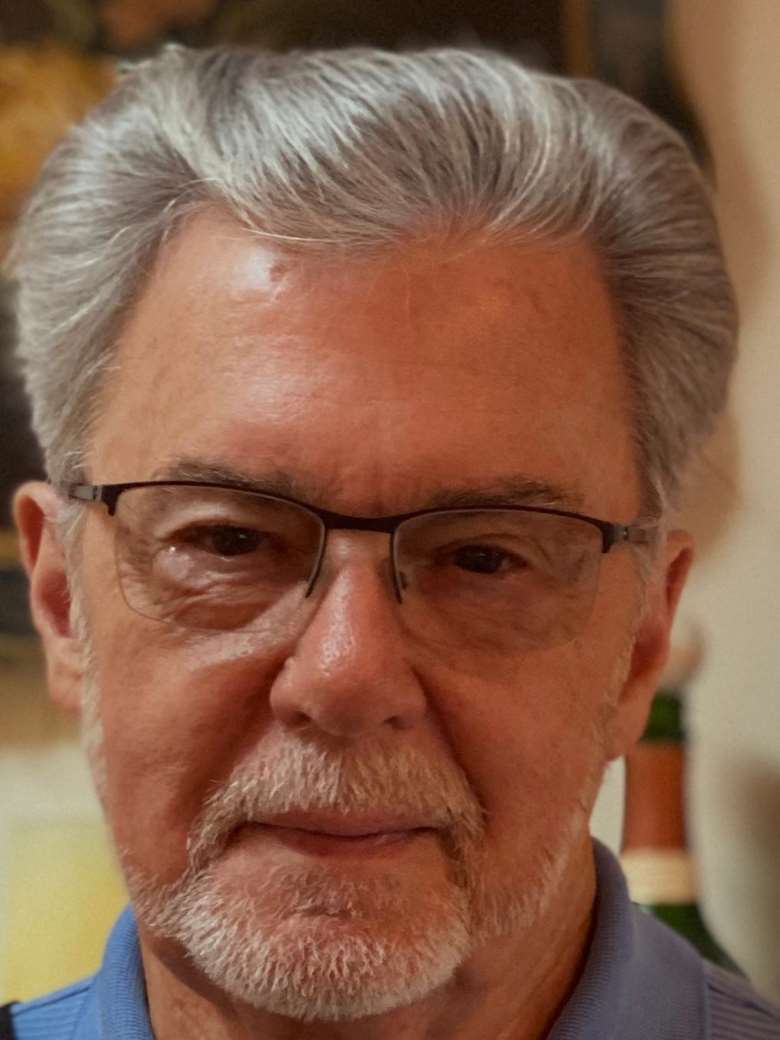Inside the new artist management built for Covid times
Andrew Green
Wednesday, January 6, 2021
Veteran artist manager Doug Sheldon's new company opened for business in October.


Register now to continue reading
Don’t miss out on our dedicated coverage of the classical music world. Register today to enjoy the following benefits:
- Unlimited access to news pages
- Free weekly email newsletter
- Free access to two subscriber-only articles per month